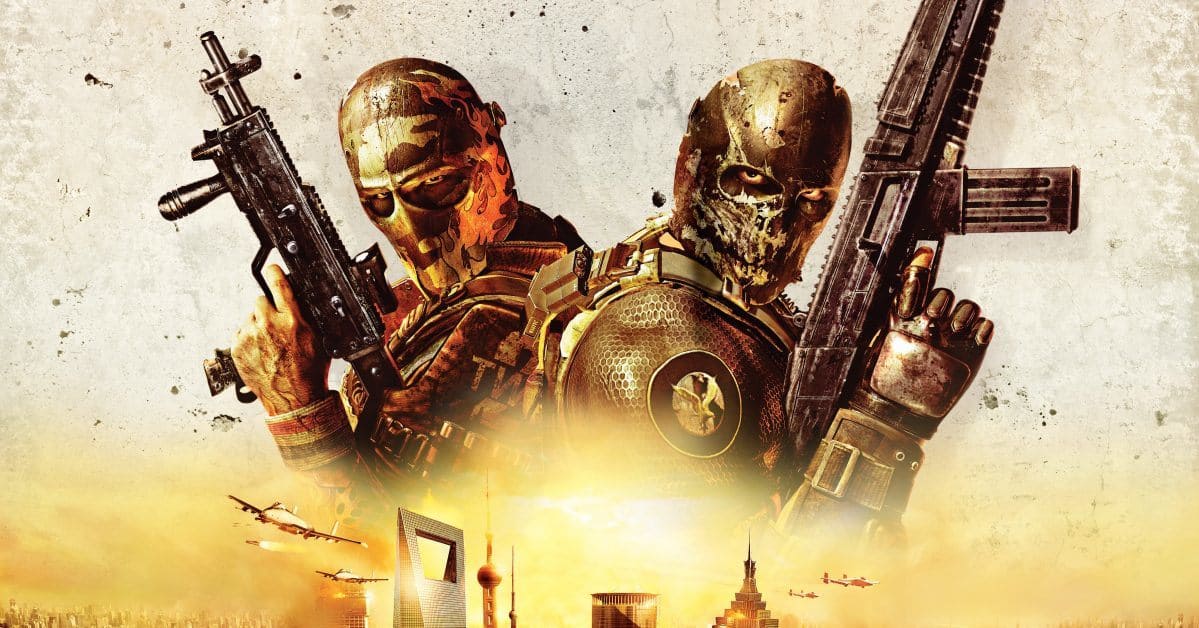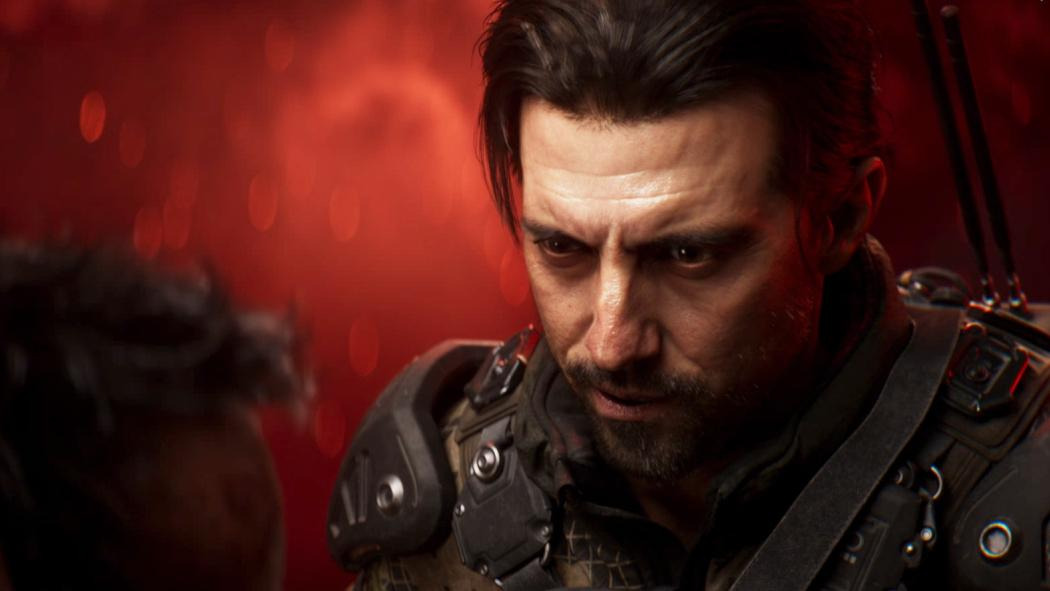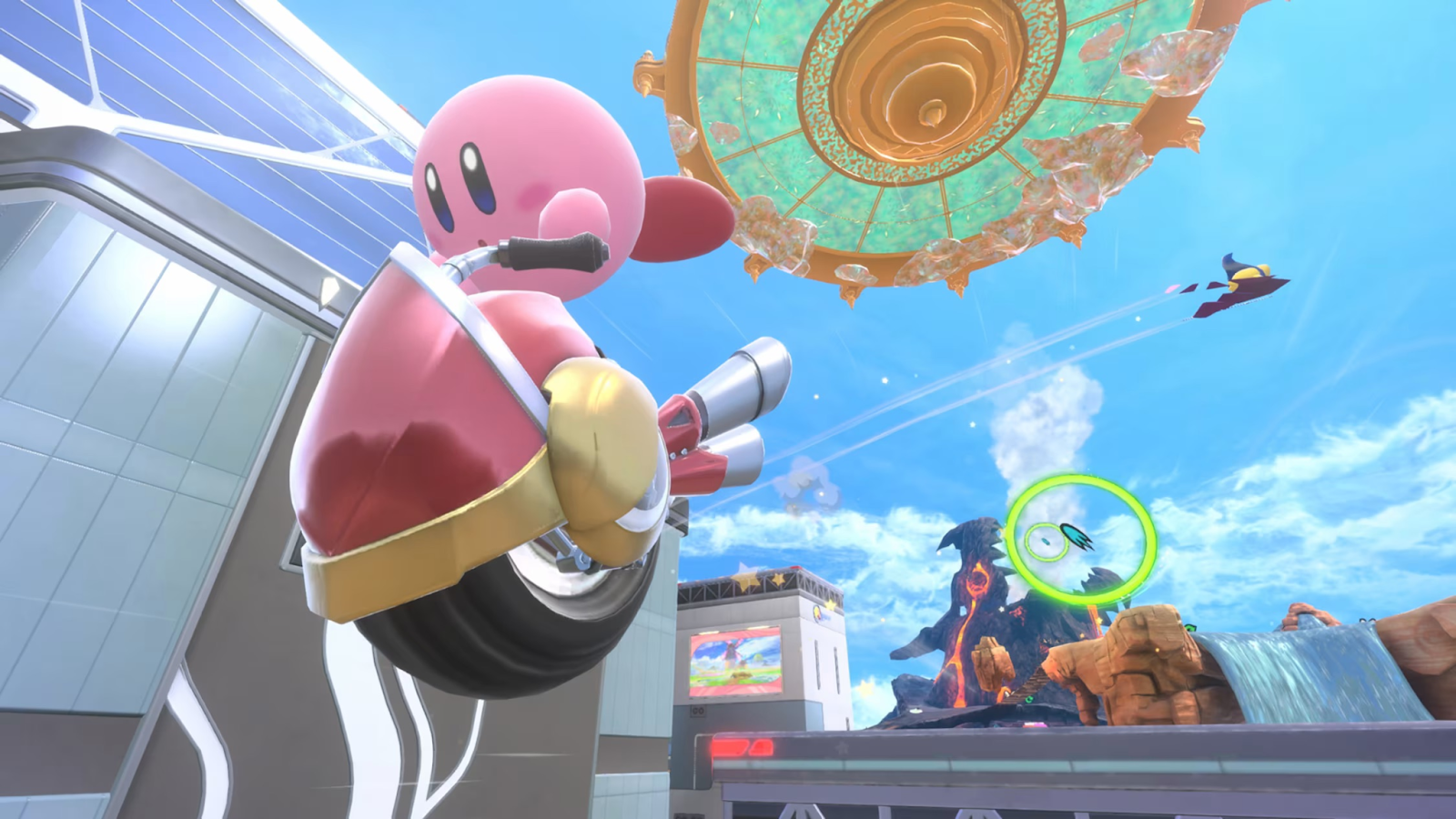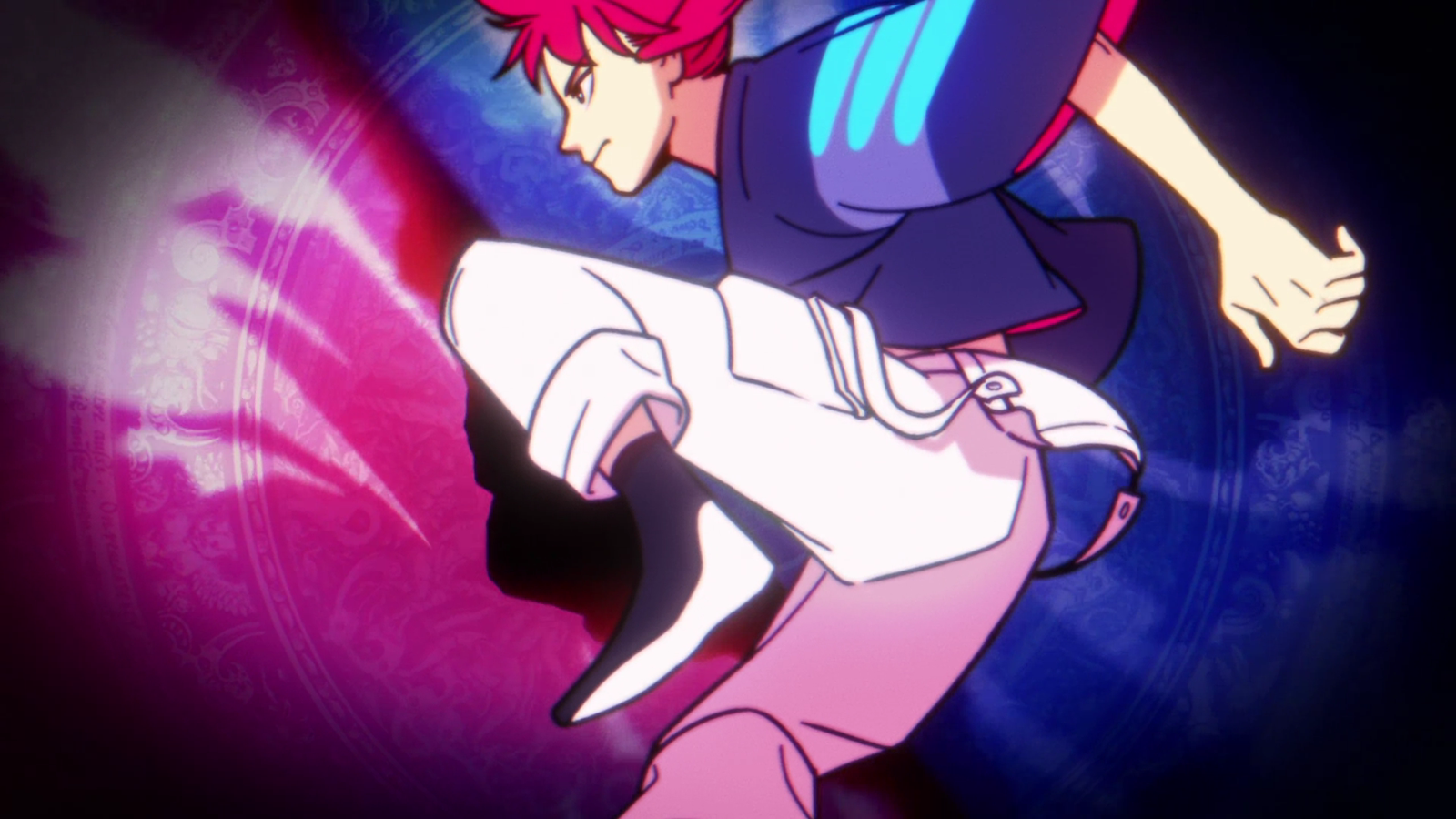You can trust VideoGamer. Our team of gaming experts spend hours testing and reviewing the latest games, to ensure you're reading the most comprehensive guide possible. Rest assured, all imagery and advice is unique and original. Check out how we test and review games here
Army of Two ended up being a bit of a disappointment on its release in March 2008. The cooperative third-person shooter was built around the Aggro system, which essentially controlled who out of a two-man private military outfit was going to get the most attention from enemies. It was neat, worked well and gave the new franchise something to stand out from the crowd. This sadly didn’t mean the game as a whole was up to scratch, with some dumb AI, uninspired level designs, fiddly cover-based shooting and two of the most annoying video game characters of all time. Army of Two ended up being a game that frustrated as much as it entertained – something we hoped would be worked on in the inevitable sequel.
That sequel, The 40th Day, sees heroes Rios and Salem in Shanghai, running their own private military company. While on a mission all hell breaks loose, with the city coming under attack from terrorists. Planes crash, buildings tumble into one another, and the muscular duo turn their attention to surviving and figuring out who is behind the attacks. The story is typical action movie stuff, with plenty of “OMG” moments, explosions that would make Michael Bay proud, and wisecracking comment after wisecracking comment. Thankfully Rios and Salem are far more tolerable than they were in the first game, with their banter generally being amusing.
While the two-man squad travelled all over the world in the original game, here they’re in Shanghai for the duration, with location variety coming from within the city itself. As well as blown up buildings, you’ll be moving through an eerily empty zoo (taking cover behind a dead elephant is a somewhat morbid experience), a war-torn hospital, dangerous Shanghai streets and more. As before, the game is linear in design, with a clear path through each level, but maps are fairly open and allow for a variety of combat options.
The 40th Day is always a cooperative experience. It’s best played with a real friend (online or via split-screen), but in the absence of a human buddy the AI does a reasonable job and can in fact be the preferable option at times. Your AI chum can be counted on to play to a decent level, as long as you issue good commands using the d-pad. Advance, regroup and hold commands can be given out, with each coming in cautious and aggressive varieties. A cautious command will make your partner play it safe, only attacking when he needs, while an aggressive command will see him shoot on sight.
Due to the game’s Aggro system, you’ll need to make careful use of the command system or communicate well with your real-life partner. Displayed at the top of the screen, the Aggro meter indicates which player is taking the most heat. Take out enemies or bombard them with fire and the opposition will focus their attention on you, leaving your partner to go about his business relatively free from enemy attention. This allows him to sneak around, flanking the enemy, or to take shots with a sniper rifle while unchallenged. This can obviously work in reverse too, so you could instruct your partner to open fire, letting you manoeuvre around the side.
One of the problems the first game suffered from was dumb enemy AI, and for the most part this has been improved in the sequel. Enemies try to flank you, they blitz your position with gun-fire and grenades, and require players to make smart use of the Aggro system on harder difficulties. It’s not all great, though, with enemies often failing to spring into action until you’ve crossed some invisible barrier. This may well have been implemented to make the game’s stealth-light gameplay work more smoothly (holding enemies hostage after sneaking up on them from behind), but at times it results in you not being spotted when you’re clearly in plain sight. The Aggro system worked well in the original, and it works even better here, making the gameplay feel significantly different to other third-person shooters.
Gunplay feels similar to the first game, and the cover system still isn’t as good as that found in Gears of War and Uncharted 2. Salem and Rios snap to cover, but it frequently doesn’t happen when you want it to, and the manoeuvrability from cover to cover isn’t as smooth as in the aforementioned titles. Standard enemies gladly aren’t bullet sponges, downed with only a couple of well placed shots. Sniper rifles instantly kill, and even so called “Heavy” soldiers all have easy to identify weak spots. Running and gunning really isn’t an option, despite the game’s blockbuster appearance, but up close melee takedowns are, and vary depending on your weapon customisations.
As in the original game, customising weapons and upgrading them is a core aspect of The 40th Day. This is all handled from within the game, as long as you’re not engaged in combat. As well as buying new weapons for use in your primary, secondary and special slots, there are also extras such as grenades and perks – increasing your primary ammo and adding extra grenade slots, amongst others. Once you’ve got your desired weapons it’s time to upgrade them, increasing their accuracy, ability to attract aggro and more. Any bought silencers and scopes can be added or removed on the fly, so there’s no need to play through an entire section of the game with a silenced pistol if the situation doesn’t require it. All the upgrade and customisation options will be great for gun nuts and those who want to bling-out their weapons, and for everyone else it’s a quick and easy way to get an upper hand on the battlefield.
Cooperative gameplay mechanics are the focus, with the Aggro system once again joined by assisted jumps (used to climb up to or over high objects), reviving your fallen partner (drag to safety, then give medical attention), co-op shielding (grab a shield and let your partner piggyback in behind you), back to back (pre-determined moments in which you’re rooted to the spot, firing at enemies while back to back with your buddy) and more. The aforementioned taking enemies hostage move allows your friend to go in and kill or restrain other enemies who have surrendered, although it’s important to grab the most high ranking solder – else the rest of the group might not care if your captive is shot. From time to time this mechanic proved to be rather fiddly, with Salem and Rios fumbling over their moves and the enemies spotting them. When it works, though, it’s a smart way to lessen the trigger-happy kill everything that moves gameplay.
Other new aspects to the gameplay include carrying out mock surrenders. This is quite cool the first time around, but do it over and over again and it gets a bit tiresome. After kneeling to pretend you’re about to surrender, you can whip out your gun in slow motion and mow down the enemy soldiers. If you clear certain groups of enemies without them alerting their colleagues you often gain access to a weapons cache, so it pays to make the most of these situations.
As a duo you’re frequently presented with situations in which you can choose to do things in one of two ways, often without much time to think. Your choices will have an impact on your morality rating for each level and the weapons you gain access to, while also potentially earning you some instant cash. But things aren’t as clear cut as they seem, with the game showing you the result of your choices through comic-book-style cutscenes. No doubt EA was trying to convey how unpleasant the world can be, but it’s somewhat depressing to see most of your caring choices cause terrible consequences. Other than the cash and weapons gained, your choices have a disappointing lack of impact. One character early on suggests you might run into him again as a result of your actions, but seconds later you’re shown what happens to him, making his reappearance impossible. After a while you simply won’t care any more.
There’s no doubt that The 40th Day is an improvement on the original game in a number of key areas, but the campaign can be breezed through in under five hours if you know what you’re doing. There are four multiplayer modes included, catering for a maximum of 12 players. In a twist to the usual multiplayer shooter gameplay mechanics, deathmatch sees teams of two working together, while the Extraction mode is the now popular survival game type that sees you and three others fending off wave after wave of enemies. Warzone and Control are more standard, with teams of six competing to accomplish missions and hold control points on the map. While all game types offer some good fun, Army of Two’s gameplay doesn’t make for a top-class multiplayer experience.
The 40th Day definitely excels in its presentation. The visuals have markedly improved on the first game, delivering large, detailed environments and some excellent lighting. The frame rate stumbles from time to time, and overall it isn’t up to the bar set by the likes of Killzone 2 and Uncharted 2, but the game is full of thrilling set-pieces, explosions and impressive character models. Salem and Rios’ models are both a huge step up on their design in the first game, and now you really get a sense of them being different – one lean, the other a hulking brute of a man. Audio work is great, with the voice acting throughout being excellent – we just wish EA hadn’t used Nolan “Nathan Drake” North for Salem. Is there any game this guy isn’t in these days?
Army of Two: The 40th Day is a solid, entertaining third-person shooter, best played with a friend, but it’s not quite the big advancement over the original it could have been. It’s a more cohesive game, thanks to its location and more believable main characters, but the AI still disappoints at times and the new morality system misses far more than it hits. It’s also incredibly short, and without a top-tier multiplayer component to turn to, your fun will likely be over very quickly. Good, but still not the blockbuster franchise EA no doubt wants it to be.
Army of Two: The 40th Day
- Platform(s): PlayStation 3, PSP, Xbox 360
- Genre(s): Action, Adventure, Shooter
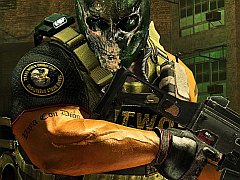
/https://oimg.videogamer.com/images/8ea3/army_of_two_the_40th_day_11.jpg)
/https://oimg.videogamer.com/images/ab0b/army_of_two_the_40th_day_13.jpg)
/https://oimg.videogamer.com/images/0c8b/army_of_two_the_40th_day_8-77228.jpg)
